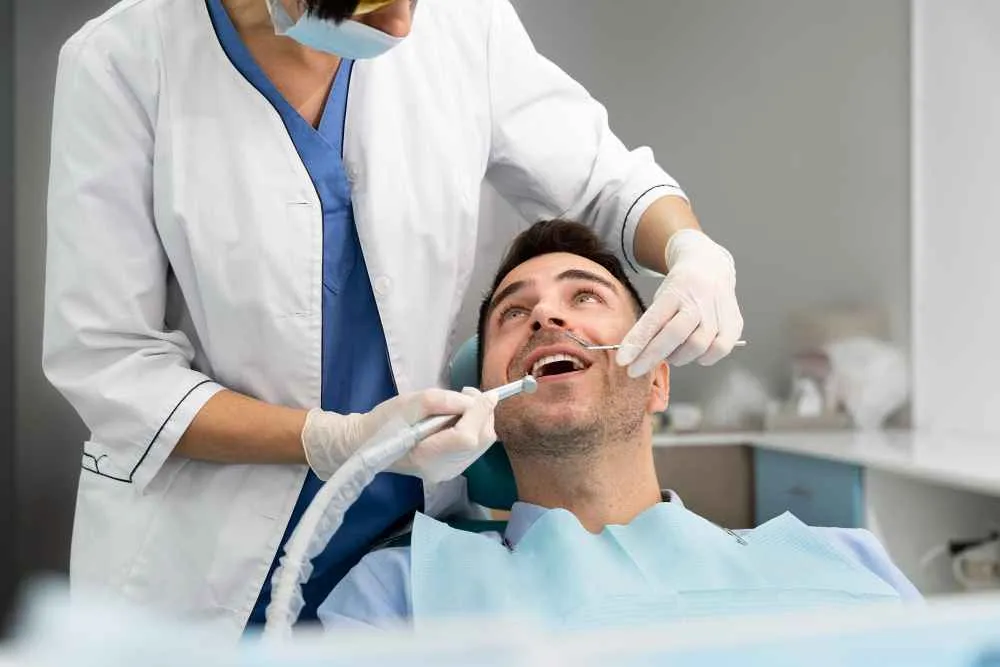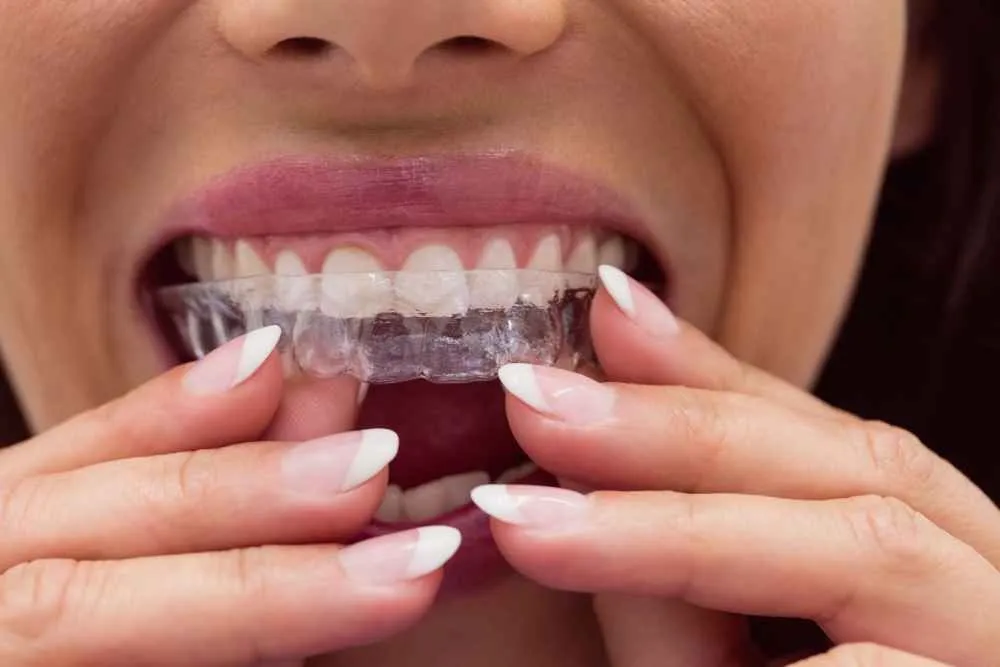Dental care always starts from the basics, such as brushing and flossing your teeth regularly. It removes the plaque buildup that sticks to your teeth daily. If this plaque and tartar remain there, it starts damaging your gums and further changes into periodontal disease.
However, some people who stick to their daily routine also complain of gum disease. This is because they do not follow the right technique of brushing and flossing. They rush the process and leave behind some hidden places.
To take care of your teeth, it is important to follow the best practices. Do not just treat it as maintenance, but treat your daily routine as a way to prevent problems.
If you are not sure where to start, you can get help. Your local Dentist Stoney Creek, Hamilton can provide personalized support. In the meantime, here is everything you need to know.
Why Proper Technique is Important
Plaque is a layer of bacteria that resides inside your mouth. They release chemicals during their metabolism that harm the teeth and turn into periodontal diseases or cavities. When we do not clean our teeth regularly and skip brushing and flossing, this layer thickens and becomes a hardened substance called tartar.
Once the tartar is built up, bacteria start migrating to your gums and inflaming them, a condition called gingivitis. If you still do not take care of your teeth, this condition worsens and turns into periodontal disease.
To prevent this, you need to follow the daily oral cleaning routine. Cleaning your teeth does not mean just brushing regularly. Instead, it requires proper brushing and flossing techniques that reach the hidden places and remove bacteria from there. Otherwise, despite following a good daily routine, your gums will start to become inflamed and develop gum disease.
A Step-by-Step Guide to Brushing
Follow this guide to clean your teeth like a professional.
1. Pick the Right Toothbrush
Choosing the right brush makes a big difference in reaching all the teeth. For this purpose, choose a soft-bristle brush. Soft bristles have flexibility that enables them to reach in between your teeth. Moreover, they are also gentle to your gums and enamel.
An electric brush is also a good choice. It moves with consistency in a circular motion and removes all the plague from the hidden places.
2. Use Fluoride Toothpaste
Fluoride is a natural mineral that strengthens your teeth. It function includes
Remineralization of teeth
Strengthen your enamel
Prevent acid attack of bacteria
Therefore, try to opt for a fluoride toothpaste for a regular supply of this mineral to your teeth.
3. Brush for Two Full Minutes
Brush your teeth for a minimum of two minutes. Divide your mouth into four sections and brush each part for 30 seconds. This helps you to clean your teeth properly and remove all the bacterial growth and stubborn plaque.
4. Hold Your Brush at a 45-Degree Angle
Just brushing for a long duration is not enough. You have to keep the right angle of your brush so that it can reach all the surfaces of your teeth. For this purpose, brush at a 45-degree angle to your gumline. This helps your brush to reach under the gumline and remove the bacterial growth from there.
5. Brush All Surfaces
Clean all surfaces of each tooth. This includes the outer, inner, and chewing sides. Do not forget your back teeth and other hard-to-reach spots. Hold the brush vertically when you clean the inner surfaces of your front teeth. Use gentle up-and-down strokes.
6. Brush Your Tongue Every Day
Bacteria not only reside on your teeth but also on your tongue. They can make a biofilm there that causes bad breath. Therefore, gently brush your tongue to remove the biofilm from there. You can also use a tongue scraper.
How to Floss the Right Way
Brushing alone is not enough to clean the small spaces between your teeth. That is where flossing comes in. Flossing every day removes plaque and food particles. It gets bacteria from places your toothbrush cannot reach.
1. Measure and Position the Floss
Start with about 18 inches of dental floss. Wrap the ends around your middle fingers. Keep an inch or two free for you to hold. Grip the floss tightly between your thumbs and index fingers.
2. Glide Gently
Carefully slide the floss between your teeth. Use a back-and-forth motion. Never force the floss. Do not let it snap against your gums. This can cause pain and injury.
3. Form a C-Shape
When the floss reaches your gumline, curve it around the base of a tooth. Gently slide it under the gumline. Move it up and down a few times. Then, do the same thing on the tooth next to it. After that, move to the next space.
4. Use a Clean Section for Each Tooth
As you move the floss through your mouth, turn the floss. This makes sure you are not putting plaque back on the teeth you just cleaned.
If you have a hard time flossing or you wear braces, try a floss threader or an interdental brush. They can make it easier and more comfortable.
When to Brush and Floss
Knowing how to brush and floss is only half the battle. Knowing when to do it is just as important. Doing your routine at the right time makes it much more effective.
Brush at least twice a day. The best times are after breakfast and before bed.
Floss once every day. The evening is a good time to remove everything that has built up during the day.
Wait 30 minutes after eating acidic foods before you brush. This stops you from hurting your enamel while it is soft.
After you brush and floss, rinse with mouthwash. This will clean away loose debris. It also lowers the level of bacteria in your mouth.
Avoid These Common Mistakes
Even people with good intentions make mistakes. These mistakes can make their oral care less effective. Here is what you should avoid.
Brushing too hard can wear down your enamel. It can also make your gums recede.
Incorrect flossing or not flossing at all. Flossing is a necessary part of cleaning your mouth. It is not optional.
Using an old toothbrush. You should replace your toothbrush or brush head every 3 to 4 months.
Not brushing for a long enough time. Anything under two minutes is not a thorough cleaning.
Ignoring your tongue. Bacteria build up on your tongue just like they do on your teeth.
Professional Support Helps
Even if your technique is perfect, brushing and flossing cannot remove hardened tartar. That is why professional cleanings are so important. Your dental team can find problems early. They will give you advice that is specific to you. This will make sure your home care is truly effective.
At Haven Dental, your Dentist in Stoney Creek, Hamilton, will show you the best practices. They will also help you prevent oral health issues before they even begin. Maybe you need a refresher on how to floss. Maybe you want advice on electric toothbrushes. Or maybe you need a personal hygiene plan. Help from an expert is only a visit away.
Final Thoughts
Your defense line against gum disease starts with your daily routine. If you regularly brush and floss your teeth with the right techniques, you can prevent inflamed gums. However, if you regularly clean your mouth but do not follow the right methods, you are at risk of getting periodontal disease.
To prevent this condition, use a soft-bristle brush and try to clean every part of your mouth properly. Visit your dentist regularly for your oral examination to figure out problems before they become serious.
كُتب بواسطة







